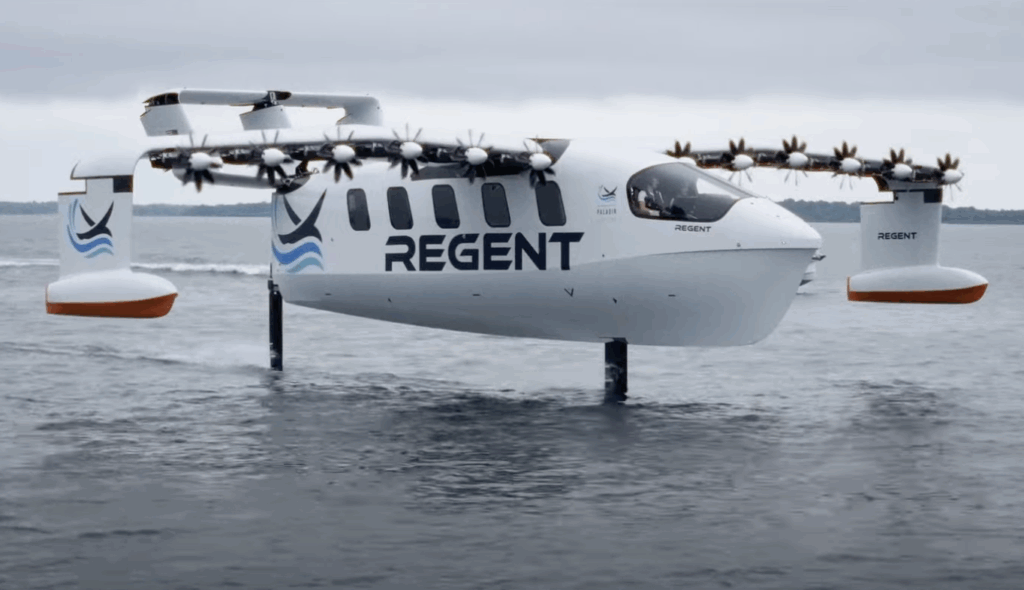
The Oklahoma Department of Aerospace and Aeronautics (ODAA) has finalized its selection process and awarded a contract to introduce the state’s inaugural airspace management and automatic detect-and-avoid system.
This initiative is designed to enhance drone operations and accelerate the growth of the Advanced Air Mobility (AAM) sector.
Oklahoma City-based Vigilant Aerospace has been chosen to implement the system on behalf of the Oklahoma Space Industry Development Authority (OSIDA). The initiative is a strategic move to position the state as a premier testbed for both civilian and defense-related uncrewed aircraft, while also laying the groundwork for next-generation air mobility solutions, such as autonomous cargo aircraft and electric vertical takeoff air taxis.
Under this multi-year agreement, Vigilant will deploy its FlightHorizon system at the Oklahoma Air & Space Port, located at Clinton-Sherman Airport. OSIDA, which manages one of only 14 FAA-licensed spaceports in the U.S., is a key partner in the project. The system will integrate multiple mobile air traffic surveillance radars, enabling real-time monitoring and Uncrewed Traffic Management (UTM) capabilities.
With FlightHorizon in place, Oklahoma gains the ability to track both cooperative and non-cooperative aircraft, transitioning from traditional visual observers (VOs) to electronic observers (EOs). This advancement removes the necessity for chase planes during long-range beyond visual line-of-sight (BVLOS) drone flights, even for high-altitude and high-speed missions.
This project, funded by the Oklahoma Legislature in 2022 through the Preserving Rural Economic Prosperity (PREP) initiative, supports infrastructure expansion for UAS and AAM technologies. Located near Burns Flat in western Oklahoma, the system will aid ODAA’s efforts to advance autonomous aircraft operations and BVLOS testing within the US National Airspace System. Its mobility allows it to be repositioned across the state, serving as a foundation for scaling AAM operations at multiple locations.
At its core, the system is powered by a scalable, cloud-based software platform that integrates various air traffic surveillance technologies. Project partner DeTect, Inc. supplies mobile radar units, while FlightHorizon aggregates data from multiple sources, including transponders, remote ID drone beacons, telemetry feeds, and FAA databases. This comprehensive airspace awareness solution empowers both remote pilots and airspace managers with real-time situational awareness.
Grayson Ardies, ODAA Executive Director, said, “This investment in systems and infrastructure for advanced air mobility and autonomous aircraft is one of several initiatives that demonstrate the state of Oklahoma’s commitment to being a national leader on the cutting edge of aviation industry technology. The traditional aerospace and defense industry plays a critical role in the State’s economy, and we are grateful for the opportunity to bring this new segment of the industry together with Oklahoma’s pioneering spirit to ensure our state stays at the forefront of the national conversation to develop autonomous aviation systems.”
Quote from Craig Smith, OSIDA Executive Director, said, “The Oklahoma Space Industry Development Authority is proud to lead Oklahoma into a new era of investing in transformative technologies that will shape Oklahoma’s future space and aeronautics industries,” Smith said. “This partnership with Vigilant Aerospace underscores our commitment to making Oklahoma an industry leader in technology advancements and expanding the state’s capabilities supporting the missions of current and future customers. OSIDA applauds the Oklahoma Legislature for supporting this important technology and is excited to promote their vision. Through this initiative, we are building the infrastructure that will enable the safe and efficient operation of autonomous aircraft, creating new opportunities for innovation, job growth, and economic development.”
Kraettli Epperson, Vigilant Aerospace CEO, added, “Oklahoma understands the importance of the autonomous aviation industry for the state and our nation and is taking the lead in this growing industry and ecosystem. Choosing a flexible, scalable solution that can support a wide range of military and commercial drone flights, and investing in the emerging AAM industry, Oklahoma is showing the nation a path forward. We are proud that our technology can serve as the cornerstone of this initiative and look forward to seeing FlightHorizon provide a new level of scalable, safe air traffic management in the State while providing opportunities for technological and economic development.”











